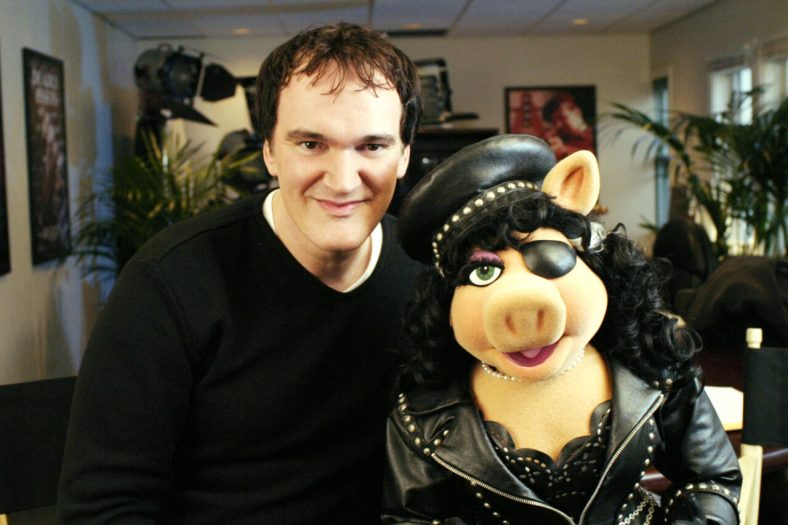Quentin Tarantino Says this Thriller Inspired His Own Depictions of Onscreen Violence

Quentin Tarantino has made a career out of elevating the grindhouse exports of yesteryear to the level of arthouse fare. It seems the director’s approach to the depiction of onscreen violence was heavily shaped by Pedro Almodóvar’s Matador. Though the film in question is an erotic thriller, the unbridled displays of sexuality inspired the director’s eventual renderings of onscreen bloodshed.
The setup for Matador is as follows:
Forced to retire after a goring, matador Diego Montez (Nacho Martínez) has since become a teacher. Among his students is Angel (Antonio Banderas), a naive boy so perversely desperate to impress that he attempts to rape Diego’s girlfriend, Eva (Eva Cobo). He fails but turns himself in regardless, also confessing to a series of murders he’s recently seen in psychic visions. A lawyer (Assumpta Serna) steps in to defend him, but the police are unconvinced Angel is the real culprit.
In his book, Cinema Speculation, Tarantino explains how the unlikely influence came to be, saying:
“I remember when I worked at my Manhattan Beach video store, Video Archives, and talked to the other employees about the types of movies I wanted to make, and the things I wanted to do inside of those movies. And I would use the example of the opening of Almodovar’s Matador. And their response would be, ‘Quentin, they won’t let you do that.’ To which I replied back, ‘Who the f**k are ‘they’ to stop me? ‘They’ can go f**k themselves.’
“At the right age (mid-twenties), and at the right time (the f**king eighties), the fearlessness demonstrated by Pedro Almodóvar led by example. As I watched my heroes, the American film mavericks of the seventies, knuckle under to a new way of doing business just to stay employed, Pedro’s fearlessness made a mockery of their calculated compromises. My dreams of movies always included a comic reaction to unpleasantness, similar to the connection that Almodovar’s films made between the unpleasant and the sensual.”
However unlikely the source of inspiration, it’s fascinating to know more about the films that have served to inform Tarantino’s signature aesthetic.
That’s all we have for the time being. Stay tuned to the site for more recommendations from the masters as we unearth them.
Categorized:News

